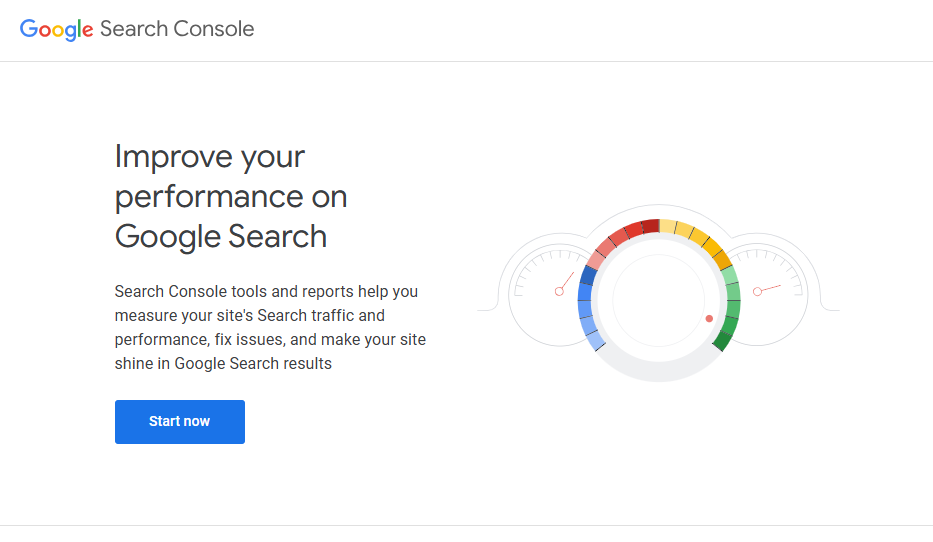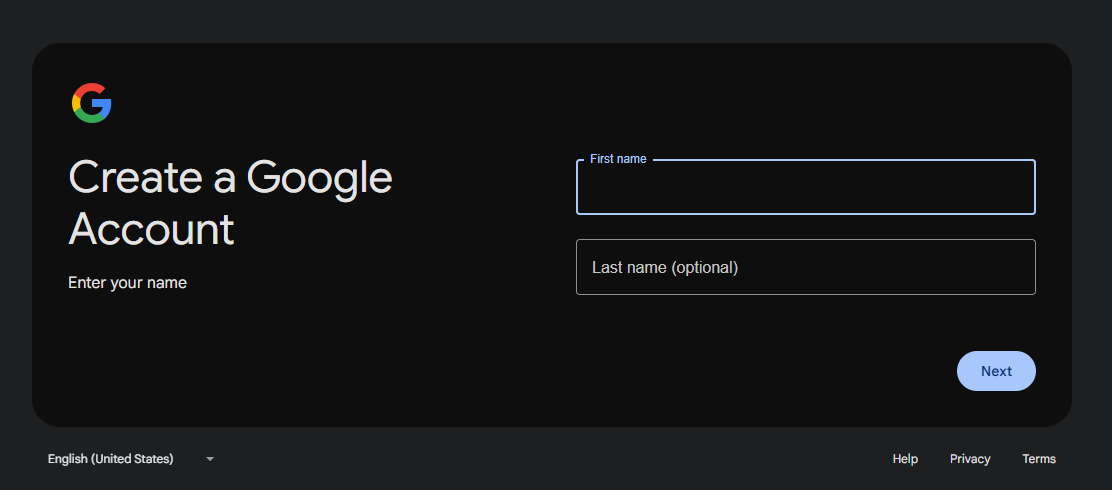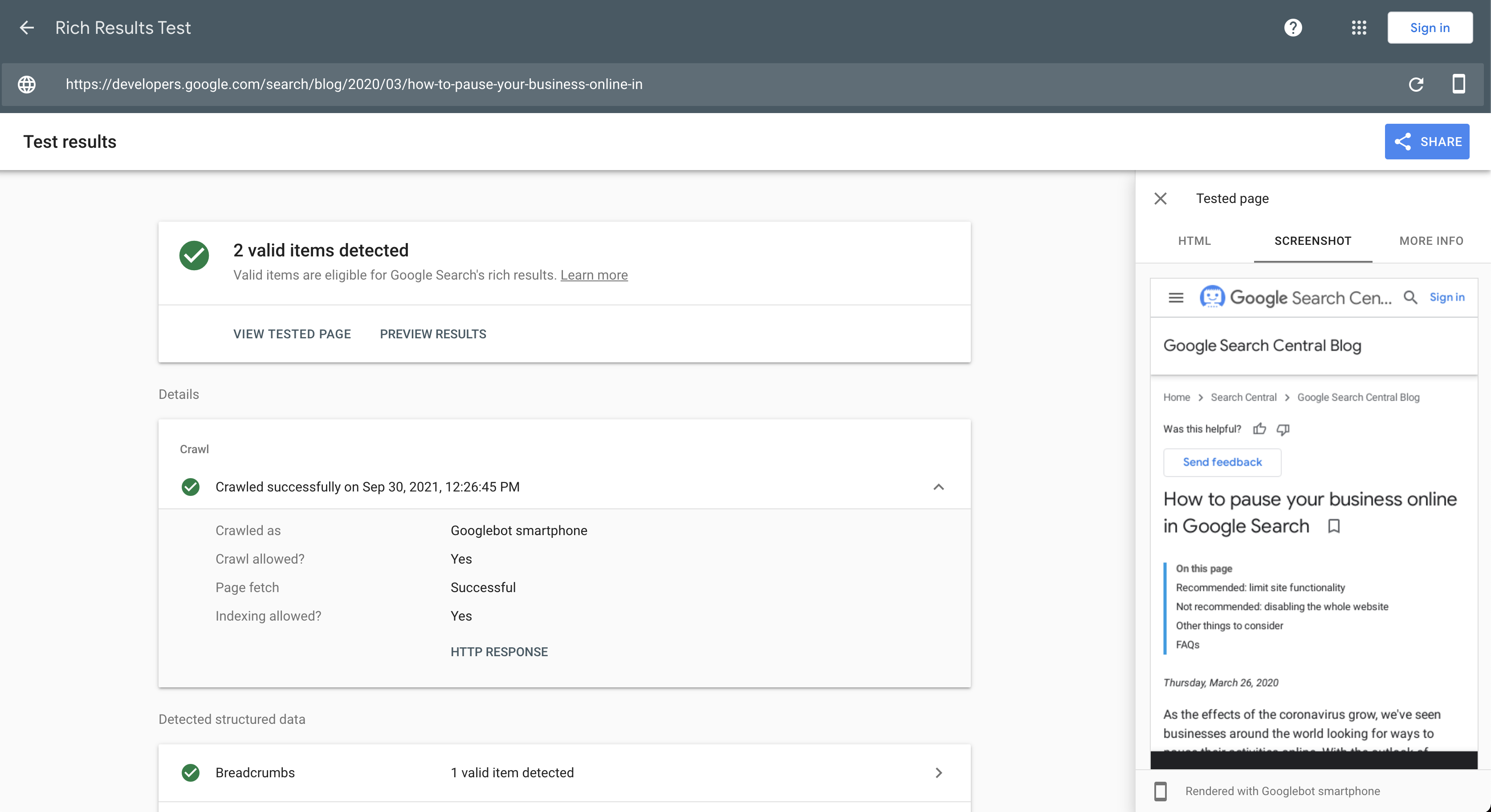This guide answers the question: How do I index my website on Google and Bing? Getting search engines to index your website is essential for visibility and traffic. Indexing your new website allows search engines to crawl, understand, and list it in their Search Engine Results Pages (SERPs). This process helps potential visitors find you when searching for related content. Here’s a step-by-step guide on how to index your site with these platforms.
TABLE OF CONTENTS
Adding A Website to Google Search Console

1. Visit the Google Search Console page and sign in or create an account if you don’t already have one.

2. Navigate to the URL Inspection Tool within the Search Console.
3. Enter your website’s URL into the search bar provided.
4. Click Request Indexing after verifying that there are no errors with your page.
Adding A Website to Bing Webmaster Tools
1. Sign up for Bing Webmaster Tools and create a free account.
2. Enter your website’s URL in the Add a Site field, then click Add.
3. Choose from verification options such as HTML meta tag or CNAME record. Once verified, a green checkmark will appear next to your site name.
4. Navigate to the URL Submission feature.
5. Add each of your website’s page URLs (one per line).
6. Click Submit after adding all URLs.
Additional Information
Rich Results
Rich results are Google and Bing search results that display more information than just the page link. They are enhanced with visual elements and additional details, making them more informative and engaging for users. Rich results are a valuable SEO tool that can help you improve your site’s visibility, click-through rates, and user experience.
You need to implement structured data on your pages to make your website eligible for rich results. This involves adding code to your website’s HTML that helps search engines understand the content on your pages.

How Crawl And Index My Website Works
Crawling and indexing are fundamental processes that search engines like Google and Bing use to discover, organize, and rank websites in search results. Both Google Search Console and Bing Webmaster Tools provide insights and tools related to these processes to help you with your SEO performance.
Crawling
Search engines use automated programs called “crawlers” or “bots” to navigate the Internet. These crawlers follow links from one page to another to find new content and for updates to existing pages.
They start with a list of known web addresses and then follow the links on those pages to find other pages. As the process continues, they create a network of discovered content.
Crawling is essential for search engines to find new and updated content. Without it, search engines wouldn’t know about new sites or changes to existing ones.
Indexing
Once a crawler discovers a page, Google and Bing analyze its content, including text, images, and code. This information is then organized and stored in a database called an index.
The index allows search engines to find relevant pages in response to user queries quickly. When someone searches for something, the search engine looks through its index to find the most relevant results and show them in results pages.
Without indexing, search engines would have to crawl the entire web in real time for every search, which would be incredibly slow and inefficient.
Tips for Faster Indexing
- New Content: Every time you add new pages or posts (e.g., blog articles), repeat these steps for faster indexing.
- Monitor Performance: Use tools like sitemaps on both platforms to track crawling activity.




















